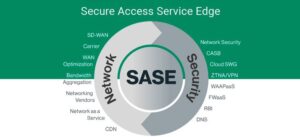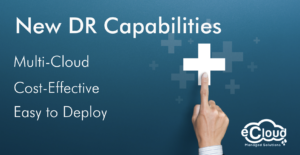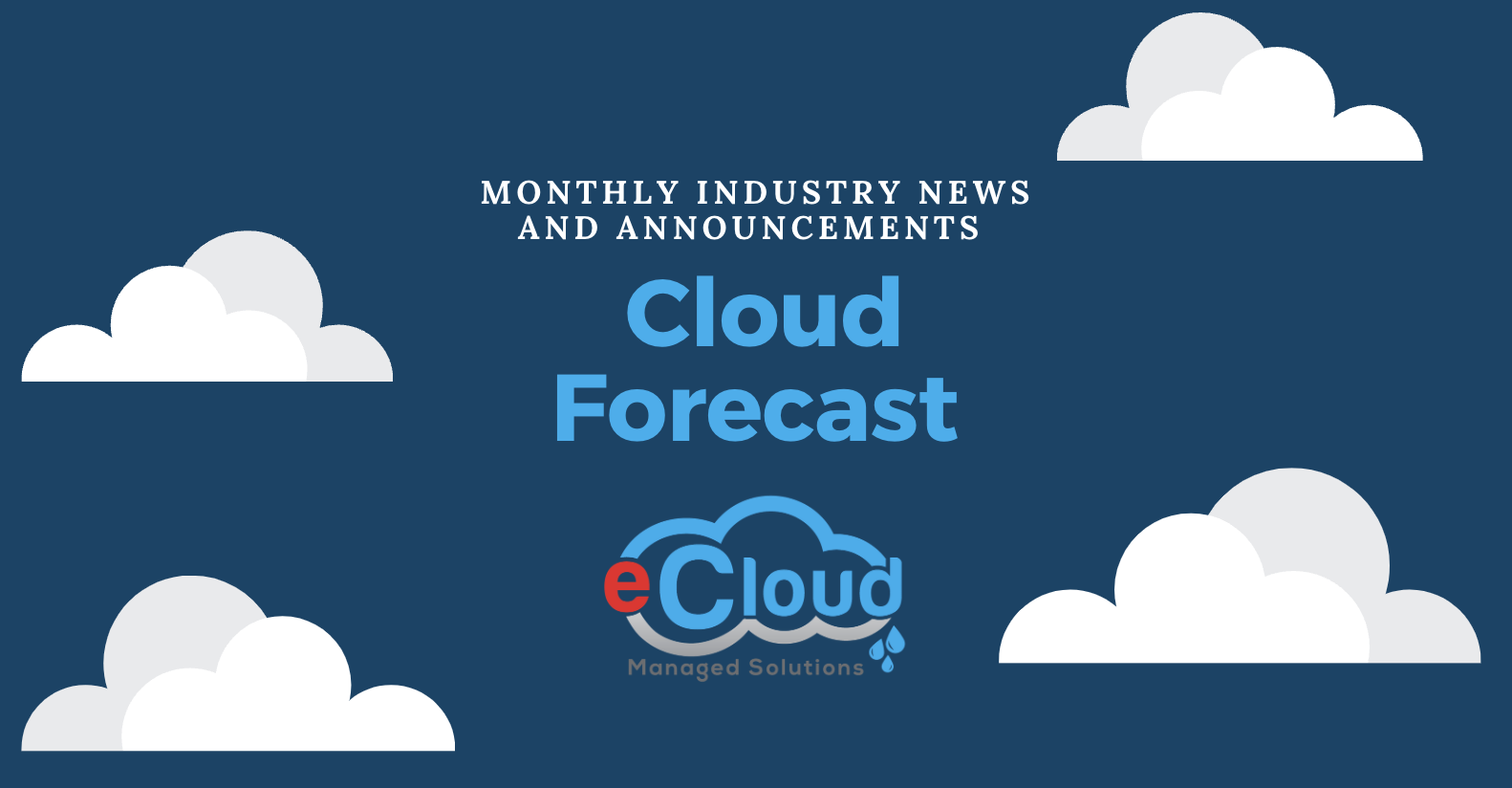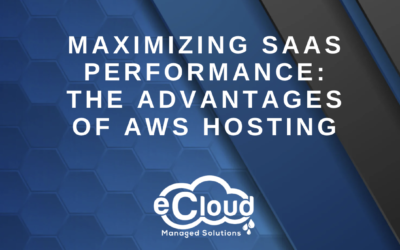It’s a new year! Forget about those new years resolutions. Change your perspective to a faster and better you cloud.
3 Cloud Computing Trends That Will Impact IT Pros in 2022
 If 2021 was any indication, demand for cloud computing will continue to expand in 2022. While cloud computing was gaining traction prior to COVID-19, remote work challenges and resource constraints during the pandemic helped accelerate cloud computing trends.
If 2021 was any indication, demand for cloud computing will continue to expand in 2022. While cloud computing was gaining traction prior to COVID-19, remote work challenges and resource constraints during the pandemic helped accelerate cloud computing trends.
John Dinsdale, chief analyst and research director at Synergy Research, told ITPro Today that his firm expects an “unrelenting growth” of cloud services in 2022 and beyond. Dinsdale said he expects enterprise spending on cloud infrastructure services to race past the $200 billion milestone in 2022.
In 2022, cloud usage will undoubtedly grow, and so too will three nascent cloud computing trends that became increasingly prominent in 2021.
Containers and Cloud-Native Tech Will Grow in the Cloud
What is it? One of the key cloud computing trends to look for in 2022 is the growth of containers, which like Docker, provide a portable and agile way to deploy and manage virtual computing applications in the cloud. With a container, an application workload can run across different clouds and even in hybrid deployments on-premises. The primary method by which users and cloud providers enable containers is via a Kubernetes container orchestration-based platform.
Why are people paying attention to it now? In 2021, 42% of developers said their organizations use containers, reported Lee Sustar, principal analyst at Forrester Research. In 2022, Forrester is forecasting that container adoption will rise to half of all organizations as they either re-factor or re-platform their cloud strategies to focus on even more cloud-native technologies.
Who benefits from it? End-user organizations benefit the most from a container-based approach to cloud workload deployments. Rather than being locked into a single cloud provider platform, a container-based cloud-native approach enables workloads to be deployed across a multicloud or hybrid cloud solution.
Where can you get it? Today, every major public cloud provider has a container service. Microsoft has the Azure Kubernetes Service (AKS), Google has the Google Kubernetes Engine (GKE), and Amazon has the Elastic Kubernetes Service (EKS).
Hybrid Cloud from Public Cloud Vendors
What is it? Hybrid cloud enables the integration of both on-premises and public cloud computing resources. Hybrid cloud often is also part of a multicloud strategy, where an organization chooses to deploy resources on-premises and across multiple public cloud providers.
Why are people paying attention to it now? For the last few years, hybrid cloud was championed by technology vendors that sold on-premises technologies, but now public cloud vendors are offering cloudlike experiences on-premises, according to Jesse Stockall, chief architect of cloud management at Snow Software.
“This is not a good or bad thing, but as companies decide how they will approach their hybrid cloud strategy, they need to consider how much control they want to maintain,” Stockall told ITPro Today. “By handing their private cloud to a public cloud vendor, companies may lose some control and ability to customize, but they will gain a unified, consistent private cloud experience.”
Who benefits from it? End-user organizations benefit from getting hybrid cloud options from the public cloud vendors as it provides consistency. The public cloud vendors benefit as it provides another revenue stream.
Where can you get it? Amazon Web Services has AWS Outposts, Google has Anthos, and Microsoft has Azure Stack.
Cloud Environmental, ESG Sustainability Efforts Grow
What is it? As the climate change crisis continues, the need for sustainability practices has grown. In cloud computing, there is a growing movement for environmental, social and corporate governance (ESG). Within ESG, the major public cloud providers have increasingly been pushing their own sustainability efforts and providing new visibility to users.
Why are people paying attention to it now? Climate change is a clear and present danger. Organizations and individuals alike are trying to find ways to be part of the solution, not the problem – so expect ESG sustainability to be one of the top cloud computing trends of 2022.
“As developers, we are trained to think about how to optimize our architectures for factors like security, performance, reliability, and cost,” AWS CTO Werner Vogels blogged. “In 2022, you can add sustainability to that list. What we will begin to see in the coming years is developers taking an active role in building sustainability-conscious architectures that take into account not just the problems they are solving, but the planet as well.”
Who benefits from it? Reducing energy usage benefits all living things on the planet. Improved energy utilization can also have a positive financial impact as less usage means less cost.
Where can you get it? Google’s Carbon Footprint dashboard shows organizations how their cloud usage is impacting the environment. Microsoft has a similar tool called the Emissions Impact Dashboard. And at its re:Invent conference in November 2021, AWS announced its customer Carbon Footprint Tool with availability set for early 2022
Source: ITPRO TODAY
CyberSecurity – US on Heightened Alert…is
your business prepared?
With more than 100,000 Russian troops poised at the Ukrainian border, the Department of Homeland Security is warning that Russia could conduct a cyberattack against the United States if it feels threatened by further actions the U.S. takes in response to a possible Russian invasion of Ukraine.
According to a DHS Intelligence and Analysis bulletin sent to law enforcement partners nationwide, the U.S. government assesses that Russia would consider a cyberattack if “a US or NATO response to a possible Russian invasion of Ukraine threatened its long-term national security.”
“Russia maintains a range of offensive cyber tools that it could employ against US networks—from low-level denials of service to destructive attacks targeting critical infrastructure,” the bulletin issued Sunday and obtained by CBS News, continued.
The advisory follows the U.S.’ decision to surge lethal weaponry to Ukraine’s military in an effort to shore up its defenses.
Last week, the Biden administration approved a proposal by NATO members Estonia, Lithuania and Latvia to send Javelin anti-tank weapons and Stinger air-defense systems to Ukrainian forces, as well as the transfer of light anti-tank weapons from the United Kingdom.
DHS Secretary Alejandro Mayorkas told CBS News Thursday, “it’s very difficult to calibrate the likelihood” of a cyberattack launched by the Russian government or its proxies in response to American support to Ukraine. But the secretary conceded the U.S. is currently on “heightened alert by reason of the geopolitical landscape.”
“When the specter of harm arises, we call for vigilance. And quite frankly, in the cybersecurity arena, ever-present vigilance is what we call for,” Mayorkas added.
Source: CBS NEWS
Best Practices for Cloud Adoption and Migration
 The majority of companies are “all-in” on the cloud but over half have failed to realize the true value of that move, according to a recent PwC survey. However, the value gap is closing as organizations start to evolve from cloud migration toward modernization and innovation.
The majority of companies are “all-in” on the cloud but over half have failed to realize the true value of that move, according to a recent PwC survey. However, the value gap is closing as organizations start to evolve from cloud migration toward modernization and innovation.
The PwC survey of 524 corporate executives, including CIOs, CTOs, CISOs, and board members for its U.S. Cloud Business report, found that while 92% of organizations have begun to migrate operations to the cloud, 53% of the respondents expressed a gap in realizing substantial value from their cloud investments. Business executives listed improved resiliency and agility, better decision-making, and product and service innovation as their pursued outcomes through the cloud, but few companies are positioned to fully deliver on expectations, according to the survey.
“That’s what we term the value gap,” Jenny Koehler, U.S. cloud and digital leader at PwC, explained in an interview with SDxCentral. And one of the causes is an inability to measure the return on the cloud investments, which combines a lack of clear business cases at the outset and long-term use cases that “stand the test of time and a degree of specificity of what an organization is trying to achieve,” she added.
Organizations will realize this value only when they begin using the cloud to build intimacy between customers, employees, and executives, Koehler said, adding that achieving a higher degree of intimacy with customers requires continued modernization and innovation with new products, services, and experiences.
“If we look ahead to 2022 and beyond, the degree of building connectedness between employees with customers will become the front here … and we’ll start to change the conversation on the value gap over time.”
From Cloud 1.0 to 3.0
The lack of use cases is also due to organizations still being in the infancy stage of their cloud journey. Koehler expects a shift to modernization and innovation in the cloud will “start to unlock an increasing degree of value that perhaps just simple migration of workloads and data to the cloud may not yield in quite the same way.”
Koehler explained that the cloud migration process is defined as Cloud 1.0; the cloud modernization as Cloud 2.0; and Cloud 3.0 indicates the “enhanced muscle around innovating” such as cloud-nativeapp developments.
“That’s the journey that we’re on,” she said. “Then as we continue to move toward hybrid working models, the cloud will continue to only be pushed out of that relatively-immature 1.0 state into more of the innovation state, intimacy with customers will drive a large part of that.”
Source: SDX CENTRAL
Are you treating your network and security differently?
 As a hybrid cloud systems integrator and enabler of public cloud providers, we always have to discuss security, network, speeds/feeds and how users will connect and authenticate into the environment.
As a hybrid cloud systems integrator and enabler of public cloud providers, we always have to discuss security, network, speeds/feeds and how users will connect and authenticate into the environment.
Here is what we hear clients want:
Consistent and secure experience for the hybrid worker
Ability to rapidly pivot
Flexible consumption
Reduced complexity and costs
With the above wants, what must change?
Throw out MPLS solutions for good
Cut the telco cord…they’re not innovating…holding you back
Stop treating networking & security as two separate ships
Eliminate separate architectures for branch offices, data centers and remote workers
You can have the fastest and most efficient applications and your network needs to be as well.
Contact us about SASE solutions, POC a SASE provider and cost optimize your network without compromising security.
New Disaster Recovery Capabilities
In response to extensive demand from our customers and partners for integrated cloud migration and DR solutions, I am pleased to announce that we have developed a new DR capability within our Platform that enables you to Lift, Optimize and Protect your workloads through one single pane of glass.
Key Benefits include: 
Quick and Easy Deployment: Setup and deployment are simple and fast, with no need for a dedicated Disaster Recovery site
Optimal Business Continuity: The Platform is designed for asynchronous replication with orchestration workflows that are optimized to achieve predetermined Recovery Point Objectives (RPOs) and Recovery Time Objectives (RTOs)
Low-cost Storage Option: Azure Blob, Amazon S3 or Google Cloud Storage provide a highly cost-effective option as the target for replication data
Ultimate Recovery Flexibility: RiverMeadow offers customers ultimate flexibility during recovery to address various use case needs. Workloads can be recovered to the Source or Target vSphere environment based on the selected Recovery Point.
Get Started
Speak with a cloud consultant today.
eCloud dramatically simplifies backup and recovery by consolidating multiple point products on a single software-defined platform that spans from on-premises, enterprise edge, and to the public cloud. Architected on web-scale principles, eCloud can natively run in the public cloud and offers comprehensive protection against ransomware. We future-proof our backup and recovery strategy whether you’re on-premise, hybrid, or fully in the public cloud.
Typically, eCloud helps customers reduce their TCO by 50 to 70% with our proven solutions.
Author: Eric Sanders, Managing Partner

________________________________________________________________________





